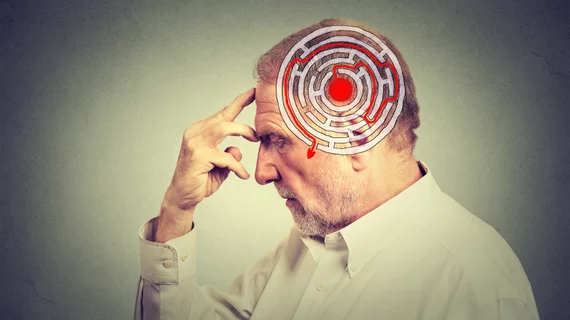New MRI technique may lead to better stroke outcomes: ‘Exciting results will come’
A new magnetic resonance imaging technique may open the door for better stroke assessments and patient outcomes, according to a new analysis.
Patients thought to have suffered an acute ischemic stroke often immediately undergo an emergency diffusion MRI scan to confirm their diagnoses and assess any brain damage. Despite its success, dMRI still comes with certain shortcomings, researchers explained in Magnetic Resonance in Medicine.
“Stroke involves complex biological cascades, with many different potential outcomes on a microscopic scale in the lesions that all look the same in conventional dMRI contrasts,” Noam Shemesh, director of the Champalimaud preclinical MRI Center in Lisbon, Portugal, said Friday, adding that dMRI gives scant information to guide treatment and has little predictive power.
So, the group built off a relatively new technique—diffusion kurtosis imaging—to develop what they’re now calling correlation tensor MRI.
But their stroke breakthrough came by accident, during initial testing in rat models. Capitalizing on their success, the team then tested correlation tensor MRI in mice that had suffered a stroke.
They discovered specific measurements—“neurite bleeding” and edema in brain tissue—that occur specifically in acute ischemic stroke. Quantifying these factors, Shemesh noted, could better assess brain tissue and predict stroke outcomes.
“Hopefully, we have found a better way to characterize stroke in vivo in humans,” he added. “Our results are extremely exciting. And we had not even predicted the outcome; this was truly serendipitous, and reinforces that when such novel paths are tread, exciting results will come.”

